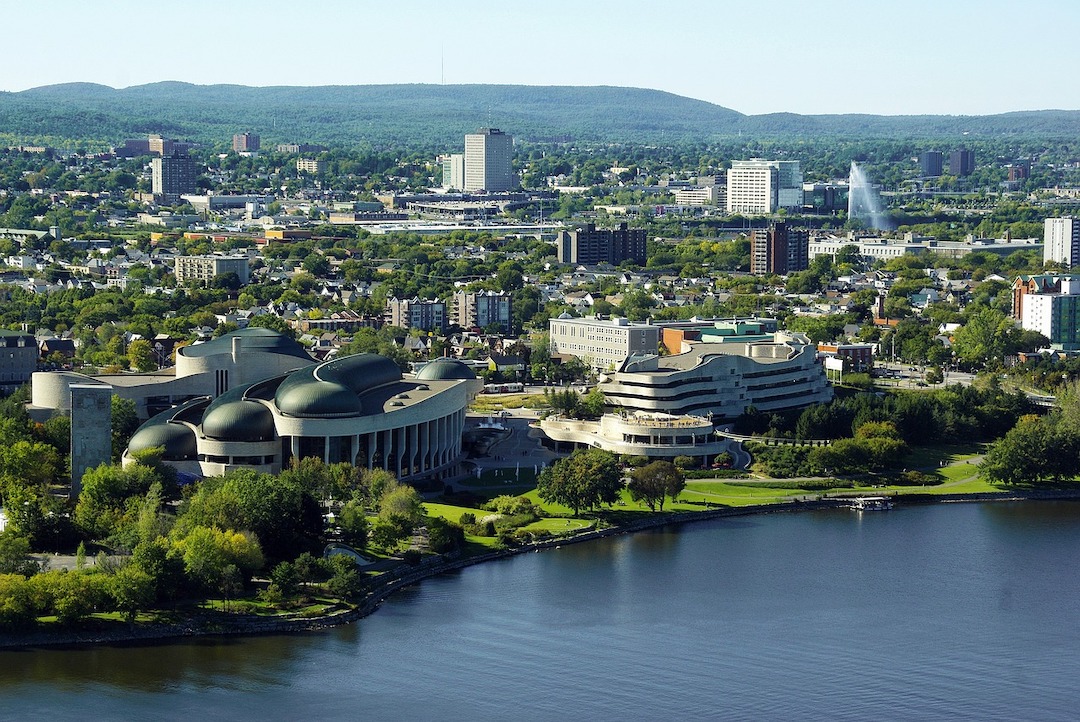Canada’s Prime Minister Justin Trudeau recently issued ministerial mandate letters that outline overall expectations and policy objectives for the nation, which include building codes changes and a net-zero emissions building strategy.
Trudeau’s instructions contain a mandate to develop national model building codes “that align with national climate objectives and provide a standard for climate-resilient buildings.” Trudeau also wants a net-zero emissions building code and model retrofit code developed by the end of 2024.
Currently, Canada relies on a committee of provincial and territorial volunteers to drive building code development. Trudeau’s recent actions reflect “a recognition that accelerating building code adoption, enforcement, and compliance will require federal action to spur market readiness activities in provinces and municipalities,” according to published reports.
Trudeau has also called for a fossil fuel emission cap, a 75% methane emissions reduction this decade, and a net-zero electricity grid by 2035.
Related Stories
| Sep 1, 2011
Project Aims to Automate Code Compliance Assessment
FIATECH, a consortium of owners from the industrial, power, and retail markets that build large structures, launched a project this year to validate the use of automation technology for code compliance assessment, and to accelerate the regulatory approval process using building models. Long-term objectives include the development of an extensive, open-source rule set library that is approved by industry and regulatory bodies for use by technology developers and code officials.
| Sep 1, 2011
EPA Says Additional Lead Paint Cleaning Rules Not Necessary
The EPA has concluded that current Lead: Renovation, Repair, and Painting Program (LRRP) cleaning requirements and lead-safe work regulations are sufficient to protect the public from lead dust hazards. “Our members have been instrumental in contacting legislators to detail the detrimental impact of the current LRRP," says Richard Walker, American Architectural Manufacturers Association’s president and CEO. “This collective industry voice has prompted the EPA to make the responsible decision to refrain from adding further, unnecessary costs to homeowners under the current economic climate."http://www.aamanet.org/news/1/10/0/all/603/aama-commends-its-members-congress-for-vacating-lrrp-clearance-rule
| Aug 11, 2010
Best AEC Firms of 2011/12
Later this year, we will launch Best AEC Firms 2012. We’re looking for firms that create truly positive workplaces for their AEC professionals and support staff. Keep an eye on this page for entry information. +







